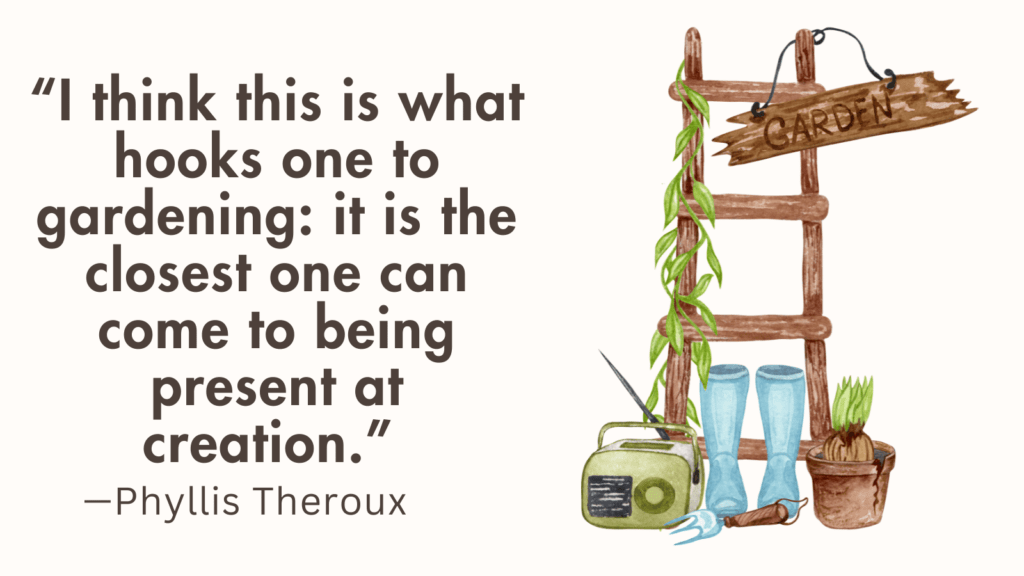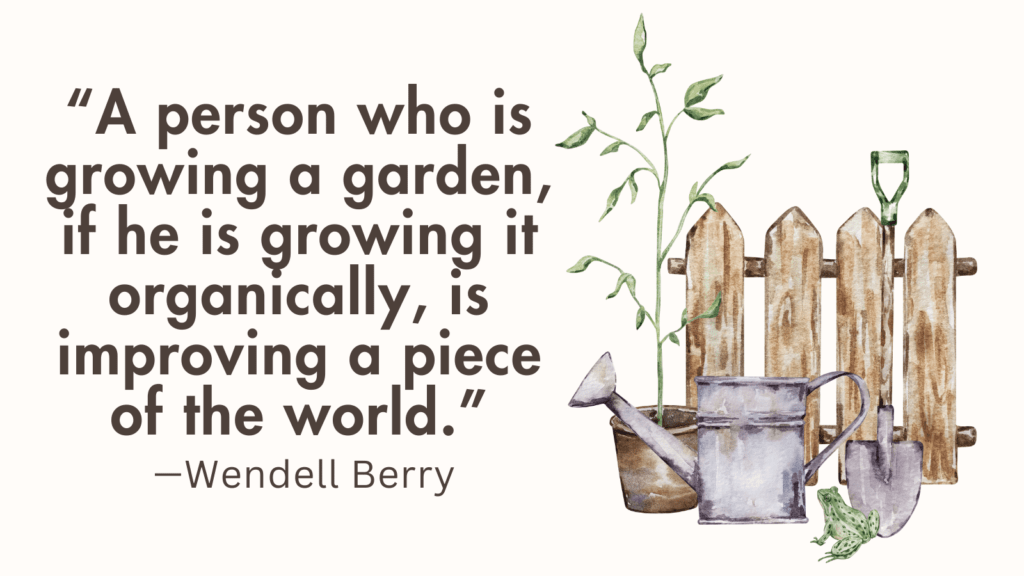In this post, you’re going to learn all about growing winter peas.
What are winter peas?
Winter peas, also known as Austrian winter peas or field peas, are cool-season legumes that can be grown as cover crops or for forage.
They are typically sown in the late summer or fall and harvested in the spring.
What are the benefits of growing winter peas?
Winter peas have several benefits:
– They fix nitrogen in the soil, enriching it for other crops.
– They help suppress weeds with their dense growth habit.
– They provide a source of forage for livestock when planted as a cover crop.
– They contribute to soil health by improving its structure and reducing erosion.
Can winter peas tolerate frost and cold temperatures?
Yes, winter peas are more cold-tolerant than other pea varieties.
They can withstand light frosts and can continue growing slowly during the winter months in milder climates.
However, prolonged periods of extreme cold can damage or kill the plants.
Related: Garden Tool Box [Complete Guide + Resources]
How to Grow Winter Peas?
To grow winter peas, follow these steps:
1. Timing
Winter peas should be planted when temperatures cool down but before the ground freezes.
Planting in late summer or early fall is ideal.
2. Site selection
Choose a location with full sun exposure and well-draining soil.
Winter peas can tolerate a range of soil types but prefer loamy soil.
3. Soil preparation
Prepare the soil by removing weeds, rocks, and debris.
Loosen the soil using a garden fork or tiller to a depth of 6-8 inches.
Add organic matter such as compost or aged manure to improve soil fertility and drainage.
Related: How To Build A Garden Window?
4. Seed selection
Select a winter pea variety suitable for your region.
Common varieties include Austrian winter peas and Canadian field peas.
Purchase high-quality, certified organic seeds from a reputable source.
5. Planting
Sow the winter pea seeds directly into the prepared soil.
Make rows or furrows around 2 inches deep and space them about 18-24 inches apart.
Place the seeds about 1-2 inches apart within the row and cover them with soil.
Firmly press the soil down to ensure good seed-to-soil contact.
Related: How To Put Slate In A Garden?
6. Watering
After planting, water the seeded area thoroughly to encourage germination.
Keep the soil consistently moist during the germination period, which usually takes 7-10 days.
Once established, winter peas are relatively drought-tolerant, but consistent moisture promotes better growth.
7. Support
Winter peas are vining plants that benefit from support structures such as trellises or fences.
Install these supports before the plants become too large or brittle.
8. Maintenance
As the plants grow, keep the area weed-free to reduce competition for nutrients and moisture.
Mulching around the plants can help suppress weeds and retain soil moisture.
Related: Why Do You Plant Rosemary By Your Garden Gate?
9. Fertilization
Winter peas are nitrogen-fixing legumes, meaning they have the ability to convert atmospheric nitrogen into a usable form for plants.
They generally do not require additional nitrogen fertilizers.
However, if your soil is lacking in other nutrients, you can supplement with a balanced organic fertilizer.
10. Harvesting
Winter peas can be harvested for their tender shoots or allowed to mature for the peas themselves.
Shoots can be harvested when they reach around 6 inches in height.
For pea production, wait until the pods fill out and turn slightly yellow.
Harvest the peas by hand-picking or cutting the entire plant at ground level.
Remember to rotate your crops each year to avoid disease and pest buildup.
Winter peas can also be used as a cover crop to improve soil health and fertility.
Related: Do Rabbits Eat Mint In The Garden?
Pea Companion Plant
Peas are a versatile and beneficial crop in the garden, and they can be paired with various companion plants to enhance growth and deter pests. Here are some great companion plants for peas:
1. Carrots
Peas and carrots make an excellent companion pair.
Carrots help improve the structure of the soil, reducing compaction and allowing better airflow for pea roots.
Additionally, peas help deter carrot fly while carrots can repel some pests that bother peas.
2. Lettuce
Planting lettuce near peas provides shade and helps retain soil moisture, which is beneficial during warmer months.
The low-growing lettuce also helps suppress weeds around the taller pea plants.
Related: How To Start Farming With No Money?
3. Radishes
Radishes are fast-growing and can be interplanted with peas.
They help break up the soil, improving drainage, and their leaves can provide a bit of shade to the peas.
Radishes also act as a trap crop, attracting flea beetles away from peas.
4. Beans
Peas and beans belong to the same family (Leguminosae or Fabaceae) and can be beneficial to each other.
They both fix nitrogen into the soil, improving its fertility.
However, make sure to provide enough spacing between the plants to avoid competition for resources.
5. Marigolds
Planting marigolds around your pea plants can repel aphids, nematodes, and other harmful insects.
Their strong scent deters pests, acting as a natural pest control method.
6. Herbs like mint, dill, and parsley
These aromatic herbs can attract beneficial insects that prey on pests that may attack pea plants.
However, be cautious with mint, as it can be invasive and take over the garden if not contained in a pot.
Remember to consider the growth habits and spacing requirements of both the peas and companion plants when planning your garden.
A well-planned companion planting scheme can help improve overall plant health, increase yields, and reduce pest problems.
Related: Does Contour Farming Work Everywhere?
Potential Challenges to Growing Winter Peas
Growing winter peas can present some challenges due to the specific environmental conditions and potential pest issues.
Here are a few challenges you may encounter when growing winter peas:
1. Cold temperatures
Winter peas are more cold-tolerant than other pea varieties, but prolonged periods of extreme cold can still damage or kill the plants.
To mitigate this challenge, choose winter pea varieties that are well-suited for your specific climate and provide proper protection, such as using row covers or cloches, during colder periods.
2. Moisture requirements
Winter peas need consistent moisture throughout their growth cycle.
However, excessive moisture can lead to issues like rot or fungal diseases.
It is crucial to strike a balance in watering the plants, ensuring they have enough moisture without creating excessively wet soil conditions.
Good soil drainage and proper watering practices, such as watering at the base of the plants and avoiding overhead irrigation, can help prevent these problems.
Related: Does Clover Grow In Shade?
3. Pests and diseases
Winter peas can be susceptible to pests such as aphids, caterpillars, and pea weevils.
These pests can damage the plants and reduce yields.
Diseases like powdery mildew and root rot can also affect winter peas.
Implement preventive measures like crop rotation, proper plant spacing, and regular monitoring to detect and address pest and disease issues promptly.
In some cases, organic pest control methods like introducing beneficial insects or using insecticidal soap may be necessary.
4. Limited daylight hours
Winter peas grow more slowly during the winter due to reduced daylight hours.
This can result in longer maturity times and reduced overall yields.
To overcome this challenge, consider starting your winter peas early and ensuring they receive as much sunlight as possible by providing proper spacing and pruning neighboring plants that might shade them.
Related: How to Protect Your Watermelon Farm?
5. Nutrient requirements
Winter peas, like other legumes, have high nitrogen requirements.
Adequate soil fertility with a balanced supply of nutrients is crucial for their growth and development.
Conduct a soil test before planting to determine the nutrient levels and make any necessary amendments accordingly.
By understanding and addressing these potential challenges, you can increase your chances of successfully growing winter peas.
FAQ
How long does it take for winter peas to mature?
The time it takes for winter peas to mature can vary depending on various factors such as the specific variety, weather conditions, and cultural practices.
On average, winter peas take about 90 to 120 days from planting to harvest.
Are there any pests or diseases that commonly affect winter peas?
Yes, winter peas can be susceptible to pests such as aphids, caterpillars, and pea weevils.
Diseases like powdery mildew and root rot can also affect them.
Implementing good cultural practices, conducting regular inspections, and addressing issues promptly are essential for managing these pests and diseases.
Related: Do Walnuts Need To Be Organic?

Garden Cart
*As an Amazon Associate I earn from qualifying purchases, at zero cost to you, if you click through the link and finalize a purchase.





